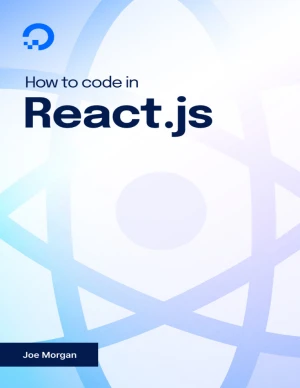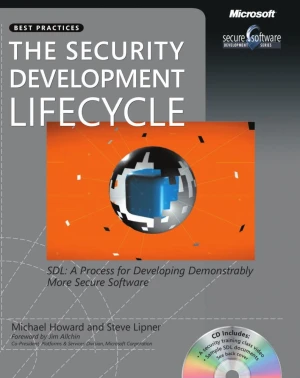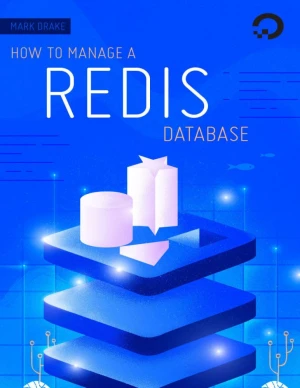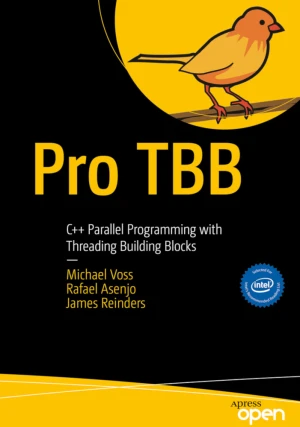AI-Native Software Delivery
Proven Practices to Produce High-Quality Software Faster

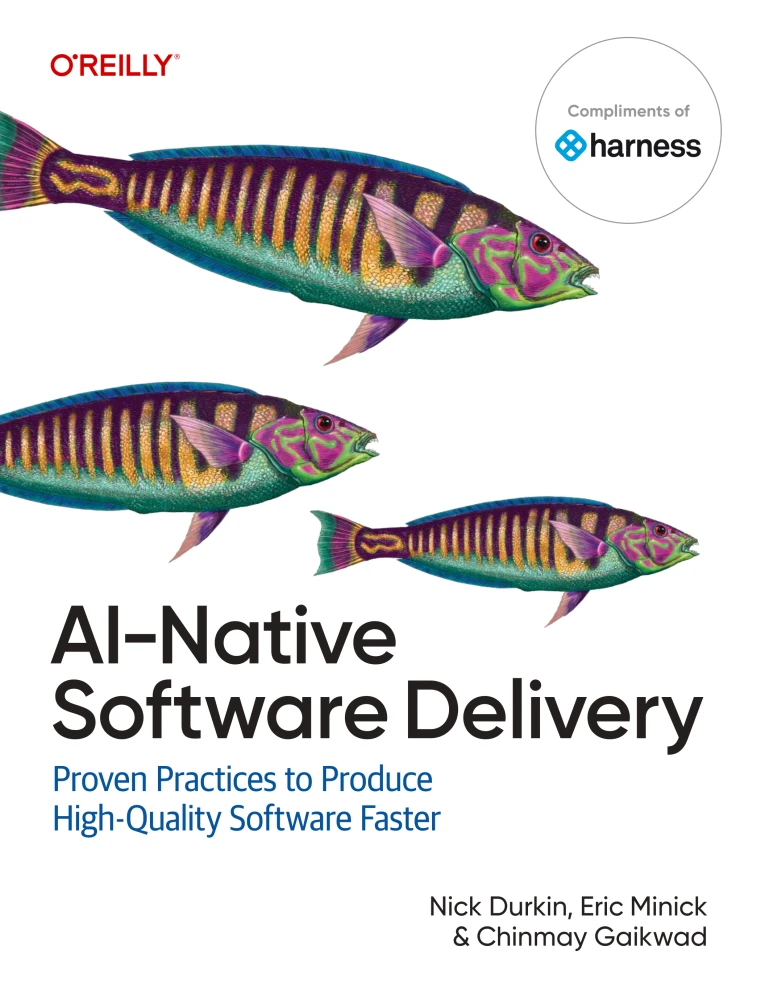
Book Details
| Authors | Nick Durkin, Eric Minick, Chinmay Gaikwad |
| Publisher | O'Reilly Media |
| Published | 2025 |
| Edition | 1st |
| Paperback | 213 pages |
| Language | English |
| ISBN-13 | 9781098171988, 9781098171995 |
| ISBN-10 | 1098171985, 1098171993 |
| License | Compliments of Harness |
Book Description
AI coding assistants are helping teams create software faster than ever. But to turn that speed into real innovation, organizations must go beyond writing code and deliver software quickly, securely, and reliably.
While AI-assisted coding is now mainstream, what happens after the code is written is still catching up. AI-Native Software Delivery is your practical guide to applying AI across the entire delivery lifecycle, from commit to production and beyond.
Written for software engineers, DevOps leaders, and tech executives, this book explores how leading teams are using AI to streamline CI/CD, manage cloud costs, strengthen security, and eliminate operational toil. The book also uncovers the risks of brittle automation and shows you how to avoid building systems that don't scale.
You'll learn how to:
- Integrate AI across delivery workflows to accelerate time to value
- Avoid common pitfalls of fragmented automation strategies
- Adopt DevSecOps principles that scale with your team
- Apply real-world practices in AIOps, chaos engineering, and SRE
- Future-proof your delivery with intelligent pipelines and feedback loops
Whether you're evolving a legacy delivery process or designing a new platform, this guide will help you lead your organization into the AI-native future of software delivery.
This book is published as open-access, which means it is freely available to read, download, and share without restrictions.
If you enjoyed the book and would like to support the author, you can purchase a printed copy (hardcover or paperback) from official retailers.
Download and Read Links
Share this Book
[localhost]# find . -name "*Similar_Books*"
How To Code in React.js
This open book is an introduction to React that works from the foundations upward. Each chapter takes you a little deeper into the React ecosystem, building on your previous knowledge. Along the way, you'll learn how to maintain internal state, pass information between parts of an application, and explore different options for styling your applicat
The Security Development Lifecycle (SDL)
Your customers demand and deserve better security and privacy in their software. This book is the first to detail a rigorous, proven methodology that measurably minimizes security bugs - the Security Development Lifecycle (SDL). In this long-awaited book, security experts Michael Howard and Steve Lipner from the Microsoft Security Engineering Team
Wearable Tech Projects
We've gathered up the best bits of wearable technology from the first two years of HackSpace magazine for this amazing book. Its 164 pages are packed with step-by-step tutorials and inspirational projects to help you add a unique look to your wardrobe! Ditch the circuit board, step away from the computer: it's time to use your tech skills to make y
How To Manage a Redis Database
This book aims to provide an approachable introduction to Redis concepts by outlining many of the key-value store's commands so readers can learn their patterns and syntax, thus building up readers' understanding gradually. The goal for this book is to serve as an introduction to Redis for those interested in getting started with it, or key-value s
Continuous Delivery in the Wild
Software delivery practices are constantly improving as companies apply the philosophy of continuous delivery to deploy and release changes quickly, safely, and predictably. Most teams, however, hit roadblocks in the process. This report examines 10 organizations that have implemented continuous delivery in the real world. These case studies demons
Pro TBB
This book is a modern guide for all C++ programmers to learn Threading Building Blocks (TBB). Written by TBB and parallel programming experts, this book reflects their collective decades of experience in developing and teaching parallel programming with TBB, offering their insights in an approachable manner. Throughout the book the authors present

